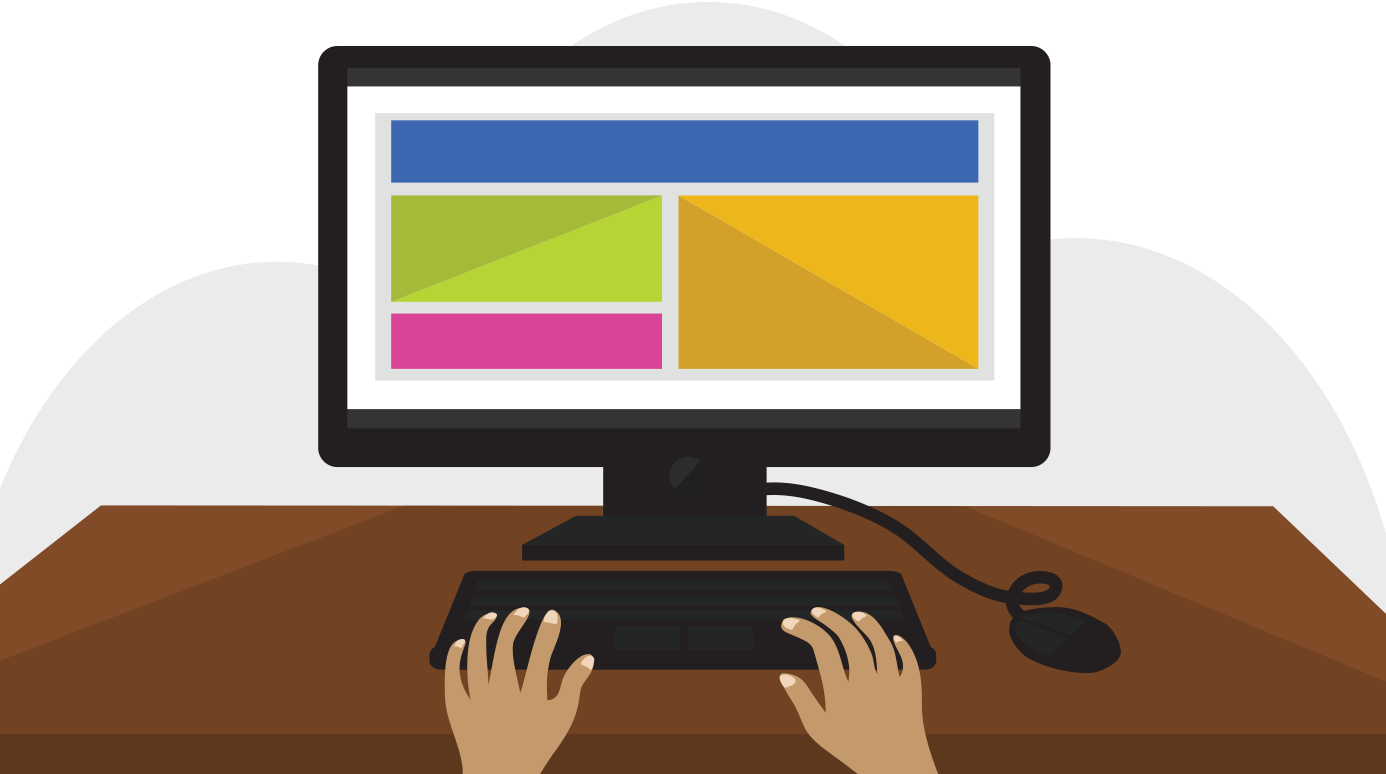The smooth and reliable operation of computers is crucial for the functioning of businesses and enterprises. Office equipment handles tasks like data processing, communication, design, analytics, and much more — from simple data entry to strategy development.
“Business is always a battle. It always comes with obstacles and competitors. There are no open roads in business, except for the broad one leading to failure. Every major success was achieved through struggle. All winners are covered with scars… Success is achieved by a small group of the most efficient. These are the few who have enough ambition and willpower to develop themselves.” — Herbert N. Casson
To ensure that computers operate effectively and securely, regular checks and maintenance are required. Business owners or company managers use specific programs or tools to verify the condition of the equipment, taking into account the unique features of office machinery and digital infrastructure. Checking technical requirements for employee computers: Business owners and managers check computers to ensure that the equipment meets technical standards. They also assess if the appropriate level of security is in place and if the computer performance is sufficient for the tasks at hand.
Business goals:
- Avoid malfunctions
- Prevent data loss
- Prevent slowdowns
- Protect against cyberattacks
- Save time and money on repairs
- Avoid unplanned replacement of computers
To verify technical specifications and computer health, tools (utilities) are used that offer monitoring and analysis of PCs.
Examples of utilities:
- CPU-Z (free) – provides information about the processor, motherboard, RAM, and other PC components.
- GPU-Z (free) – displays details about the video card, including model, frequency, temperature, and load.
- HWinfo (free) – shows everything installed inside the PC’s system block, creates reports, and displays graphs.
For utilities to work correctly, the following should be considered:
- Compatibility with the operating system type and version
- Must run with administrator rights
- Update previously installed programs to the latest versions
- Compare obtained data with standard values or manufacturer recommendations
- Perform regular checks, especially when issues arise.
Calculating unjustified expenses on maintenance and computer upgrades:
The cost of computer maintenance should, in theory, reduce the likelihood of purchasing new equipment if the existing one has not yet reached its planned lifespan. However, in practice, these costs sometimes exceed the potential cost of upgrading or replacing the equipment, which management may overlook.
It’s necessary to measure the performance under load to determine if it’s worth investing in the maintenance of outdated hardware.
Benchmark software helps with this, for example:
- Sandra 20/21 – tests the processor, memory, disk, network, and other PC components.
- AIDA64 – provides detailed system information and allows stress testing.
- HWMonitor – displays current values of voltage, temperature, and fan speed (if there’s overheating or insufficient voltage, it’s a clear sign of problems).
Key recommendations for businesses:
- Test performance periodically or on set control dates
- Close unnecessary applications during testing
- Monitor temperature and voltage indicators
- Compare obtained results with base values or rankings.
How to check computers at work?
Monitoring and auditing user actions: Computers at work are also checked to ensure they aren’t being used inappropriately. For instance, sensitive information may be leaked through office PCs or accessed by unauthorized sources. Employees might also download forbidden content or even break the law, or this could be done remotely by hackers exploiting security gaps.
Key focus areas:
- Prevent data leaks
- Avoid fines for copyright violations or reputational risks
- Increase employee discipline and responsibility
There’s specialized software for monitoring and recording activity on PCs:
- Netwrix Auditor – monitors system changes, file servers, databases, and other objects.
- ActivTrak – tracks computer usage, including time spent, visited websites, and running applications.
- Teramind – records user actions (screen, sensor, keyboard, and mouse activity), analyzes behavior, and detects anomalies.
Business recommendations:
- Compare different monitoring and auditing services and systems
- Inform employees that their actions may be tracked and recorded
- Understand the legal implications of data leaks from tracker logs (this risk exists)
- Configure programs according to company security and privacy policies
- Regularly check and archive collected data or results
- Develop corrective or preventive measures for violations.
